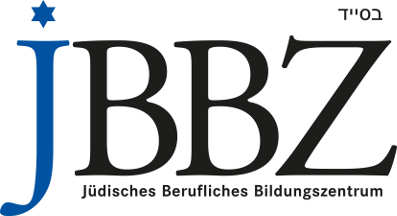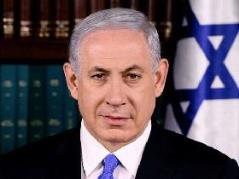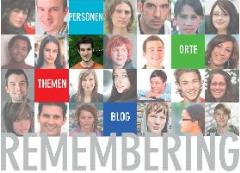Links

Hotel Imperial Wien
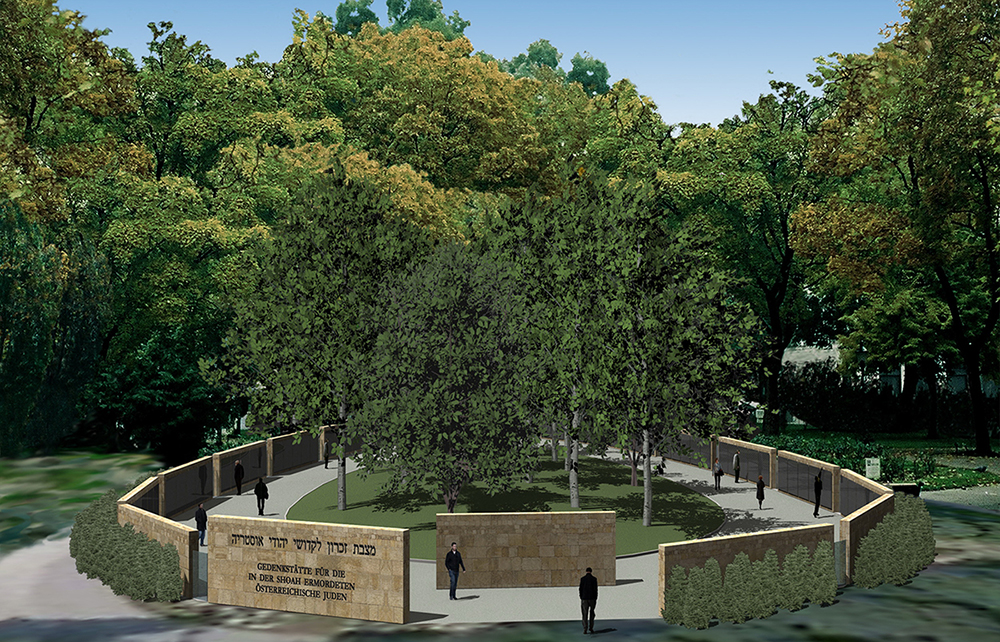
Namensmauer fuer die Opfer der Shoah
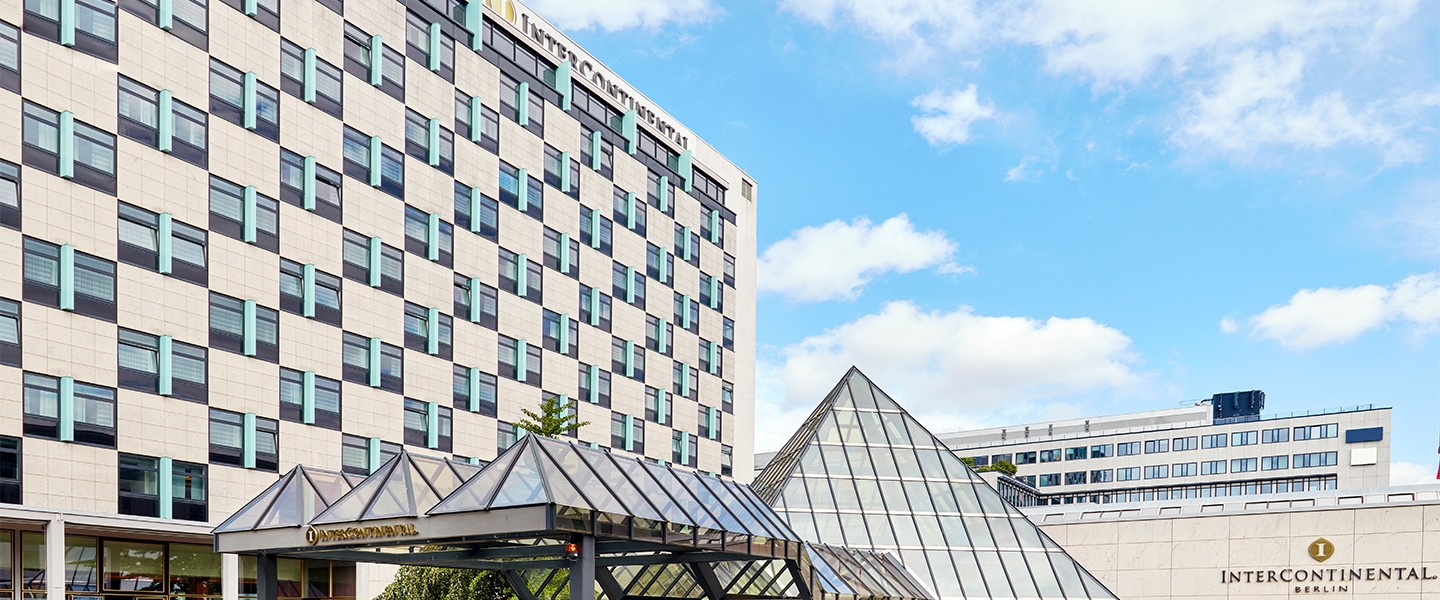
Hotel Intercontinental Berlin
JBBZ- juedisches Berufsbildungszentrum
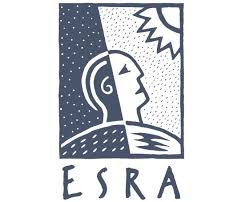
ESRA- Psychosoziales esra.atZentrum in Wien
Maimonides Zentrum Wien
FPÖ-Landesrat Waldhäusl will Verkauf koscheren Fleisches einschränken - derstandard.at/2000083649732/IKG-befuerchtet-Verbot-koscheren-Fleischs-in-Niederoesterreich FPÖ-Landesrat Waldhäusl will Verkauf koscheren Fleisches einschränken - derstandard.at/2000083649732/IKG-befuerchtet-Verbot-koscheren-Fleischs-in-NiederoesterreichFPÖ-Landesrat Waldhäusl will Verkauf koscheren Fleisches einschränken - derstandard.at/2000083649732/IKG-befuerchtet-Verbot-koscheren-Fleischs-in-NiederoesterreichFPÖ-Landesrat Waldhäusl will Verkauf koscheren Fleisches einschränken - derstandard.at/2000083649732/IKG-befuerchtet-Verbot-koscheren-Fleischs-in-NiederoesterreichFPÖ-Landesrat Waldhäusl will Verkauf koscheren Fleisches einschränken - derstandard.at/2000083649732/IKG-befuerchtet-Verbot-koscheren-Fleischs-in-NiederoesterreichFPÖ-Landesrat Waldhäusl will Verkauf koscheren Fleisches einschränken - derstandard.at/2000083649732/IKG-befuerchtet-Verbot-koscheren-Fleischs-in-NiederoesterreichFPÖ-Landesrat Waldhäusl will Verkauf koscheren Fleisches einschränken - derstandard.at/2000083649732/IKG-befuerchtet-Verbot-koscheren-Fleischs-in-Niederoest
Your Ultimate Guide To The Laws And Customs Of Shavuot
Read more: http://forward.com/scribe/373074/your-ultimate-guide-to-the-laws-and-customs-of-shavuot/
Read more: http://forward.com/scribe/373074/your-ultimate-guide-to-the-laws-and-customs-of-shavuot/
Your Ultimate Guide To The Laws And Customs Of Shavuot
Read more: http://forward.com/scribe/373074/your-ultimate-guide-to-the-laws-and-customs-of-shavuot/
Read more: http://forward.com/scribe/373074/your-ultimate-guide-to-the-laws-and-customs-of-shavuot/
Your Ultimate Guide To The Laws And Customs Of Shavuot
Read more: http://forward.com/scribe/373074/your-ultimate-guide-to-the-laws-and-customs-of-shavuot/
Read more: http://forward.com/scribe/373074/your-ultimate-guide-to-the-laws-and-customs-of-shavuot/
Your Ultimate Guide To The Laws And Customs Of Shavuot
Read more: http://forward.com/scribe/373074/your-ultimate-guide-to-the-laws-and-customs-of-shavuot/
Read more: http://forward.com/scribe/373074/your-ultimate-guide-to-the-laws-and-customs-of-shavuot/
Your Ultimate Guide To The Laws And Customs Of Shavuot
Read more: http://forward.com/scribe/373074/your-ultimate-guide-to-the-laws-and-customs-of-shavuot/
Read more: http://forward.com/scribe/373074/your-ultimate-guide-to-the-laws-and-customs-of-shavuot/
Your Ultimate Guide To The Laws And Customs Of Shavuot
Read more: http://forward.com/scribe/373074/your-ultimate-guide-to-the-laws-and-customs-of-shav
Read more: http://forward.com/scribe/373074/your-ultimate-guide-to-the-laws-and-customs-of-shav
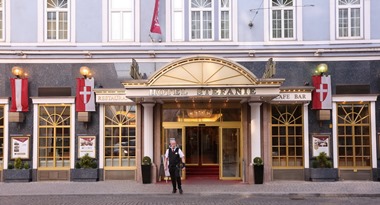

Zwei Welten für eine Partei
Politische Unsicherheit in Israel könnte zum Konjunkturrisiko werden
König Bibi und sein gespaltenes Land
The Gentleman from Austris stellt Bibi eine Frage mit ungeahnten Folgen
Internationaler Holocaust Gedenktag am 27. Januar
Am Dienstag jährt sich die Befreiung des Konzentrationslagers Auschwitz zum 70. Mal. Im November 2005 verabschiedeten die Vereinten Nationen eine Resolution, die den 27. Januar zum Internationalen Gedenktag für die Opfer der Shoah bestimmte, und zugleich alle Mitgliedsstaaten dazu aufrief, Bildungs- und Erziehungsprogramme ins Leben zu rufen, damit auch künftige Generationen das Andenken an die Shoah wahren. Mehr als 80 Mitgliedsstaaten folgten dem Aufrauf und haben den morgigen Tag zum offiziellen jährlichen Gedenktag erklärt. Weltweit finden an diesem Tag
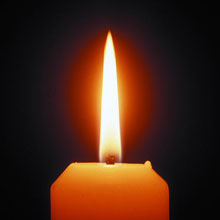
(Foto: Yad Vashem)
Gedenkzeremonien und andere Veranstaltungen in Universitäten, in Schulen und an anderen Orten statt.
Viele deutsche und österreichische Zeitungen und Fernsehsender begleiten diesen Jahrestag mit Themenschwerpunkten, von denen wir an dieser Stelle auf einige hinweisen möchten.
Die ARD begleitet den Tag nicht nur mit vielen Sondersendungen, sondern hat auch die Website "Auschwitz und Ich" ins Leben gerufen. Dort findet man neben historischen Informationen auch Reportagen, die zeigen, wie junge Deutsche heute Auschwitz erleben.
Das ZDF berichtet morgen live von den Gedenkveranstaltungen in Auschwitz-Birkenau und Berlin. Schon heute kann man auf der Seite des ZDF in einem multimedialen Webspecial die Geschichte der Auschwitz-Überlebenden Lili Jacob kennenlernen.
Auf Bild.de schließlich erzählen zwölf Holocaust-Überlebende in Video-Clips von ihrem Schicksal.
Die Gedenkstätte Yad Vashem in Jerusalem bietet auf ihrer Facebook-Seite „I remember“ die Möglichkeit, das eigene Profil mit der Geschichte eines/einer Ermordeten zu verknüpfen.
(Botschaft des Staates Israel, 26.01.15)
EJC survey: Quarter of young Britons believe another Holocaust could occur in their lifetime
One in four British citizens aged 18-35 believe that that another Holocaust could happen in Europe during their lifetime. This is one of many shocking findings from a poll undertaken by the European Jewish Congress (EJC) and released ahead of an unprecedented emergency official European Union forum to discuss rising anti-Semitism and growing hate, racism and religious extremism in Europe on the 26th January.
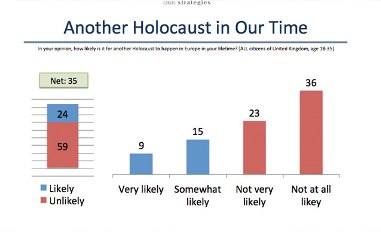
The Forum is taking place against the backdrop of the recent slaying of 17 people at the offices of the Charlie Hebdo satirical magazine and the Hyper Cacher supermarket in Paris.
Almost 60% of respondents did not know that six million Jews were killed in the Holocaust.
Around 15% of those surveyed agreed with statements that the government should consider introducing laws which require Jews to carry an ID that states their religion on it, while a further fifth of respondents answered unequivocally that they “don’t know”, and should consider introducing laws requiring businesses owned by Jews to have some form of special identification. 21% felt the government should consider introducing laws requiring businesses owned by Muslims to have some form of special identification.
Both of these forms of discrimination were infamously part of the Nazi’s Nuremberg Laws, created as part of their anti-Semitic programme to identify, ostracise and eventually eliminate the Jews of Europe. When asked whether they thought these types of discriminatory laws were likely to be passed against Jews in Europe today, a quarter (25%) said that it was likely.
“The most worrying aspect of this survey is that a repeat of the Holocaust is no longer something outside of our wildest nightmares, and that view is shared by a significant amount of British young adults,” Dr. Moshe Kantor, President of the EJC, said, in response to the survey results. “The fact that one in five or six British respondents would want to enact discriminatory laws against Jews and Muslims and force them to be openly identified and stigmatised as they were in Nazi Germany should shock us into action.”
The poll, conducted by Survation, under the supervision of 202 Strategies, also demonstrated that British youth understand that anti-Semitism is rising in their country, with 52.9% stating that anti-Semitism exists in the UK today.
“These shocking results demonstrate that now more than ever we need actions to prevent a further descent into anti-Semitism, racism and xenophobia,” said Dr. Kantor. “We need to harness European leadership during this high-level meeting to discuss strong and robust measures to combat anti-Semitism, discrimination and hate and to provide a practical roadmap which deals holistically with all the threats and utilises all tools available."
On 26th January, the European Jewish Congress will be holding a high-level forum in Prague, in cooperation with the Czech Government and the European Parliament. The 4th International Let My People Live! Forum will meet the challenges of the present and future, particularly the rise in hate, racism, anti-Semitism and xenophobia currently seen across Europe.
This Forum will be a platform for discussing the issues and finding practical solutions and recommendations for dealing with these threats. "There is a great importance in holding a forum that will serve a practical purpose, designed to raise awareness among opinion shapers and decision makers on the three levels of leadership, political and legal spheres, so they will have the tools to act and motivate others to act." Kantor said.
In the middle of winter, an invincible summer: saving lives at Auschwitz and Bergen-Belsen
23 January 2015
By Menachem Z. Rosensaft*
In September 1944, Ruth Fenton, a Jewish prisoner at Auschwitz-Birkenau, became seriously ill. Diagnosed with scarlet fever, she was taken to the infirmary from which patients deemed too sick to work were sent to their death in one of the camp’s gas chambers.
One morning, even though she was still running a high fever, she recalled decades later, Dr. Ada Bimko, the inmate in charge of the infirmary, “took me aside and gave me clothes. She asked me to get dressed as fast as possible and to move quietly. She wanted me to join the few healthy inmates who were being transferred to Birkenau. I was told not to ask any questions, not to say a word.” Ruth Fenton did as she was told, and lived.
Dr. Ada Bimko was my mother.
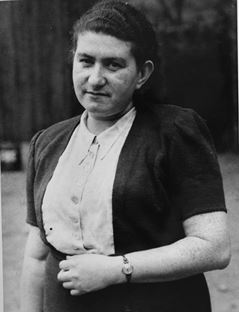
Had my mother not been Jewish, she most certainly would have been honored as a "Righteous Among the Nations" by Yad Vashem alongside such individuals as Raoul Wallenberg, the Swedish diplomat who gave visas to Jews in Budapest in 1944; Miep Gies, one of the small group of Christians who provided Anne Frank and her family with a hiding place in Nazi-occupied Amsterdam for more than two years until they were betrayed to the Gestapo; and Pastor André Trocmé of the French village of Le Chambon who inspired his congregants to defy German orders and give shelter to thousands of Jewish refugees.
The heroism of those Jewish men and women who risked their own lives to help and save others even during their darkest hours in the concentration and death camps of the Holocaust deserves equal recognition. One of these altruistic figures was my mother, Dr. Hadassah Rosensaft, known to countless inmates of Auschwitz and Bergen-Belsen as Dr. Ada Bimko (her maiden name), a Jewish dentist from Sosnowiec, Poland.
Upon her arrival at Auschwitz-Birkenau the night of August 3-4, 1943, she was separated from her parents, her husband and her five-and-a-half-year-old son who were all sent directly into one of the gas chambers. In Yesterday, My Story, her posthumously published memoirs, my mother recalled her final moments with her son, my brother:
"We were guarded by SS men and women. One SS man was standing in front of the people and he started the selection. With a single movement of his finger, he was sending some people to the right and some to the left... Men were separated from women. People with children were sent to one side, and young people were separated from older looking ones. No one was allowed to go from one group to the other. Our 5 1/2-year-old son went with his father. Something that will haunt me to the end of my days occurred during those first moments. As we were separated, our son turned to me and asked, ‘Mommy, are we going to live or die?’ I didn’t answer this question."
Devastated by the loss of her child, her husband and her parents, my mother – like most of her fellow inmates and as the Germans intended – felt utterly disoriented, humiliated, and deprived of her sense of self. She was forced to wear prison clothes, her head was shaved, and her name was replaced with the number – 52406 – that was tattooed on her arm. “I always felt humiliated and ashamed,” she wrote. “I hated sleeping in my clothes. I was ashamed to admit that I was hungry. I was ashamed to go to the bathroom and to be exposed half naked in front of so many other women. I was ashamed of the way I looked. I seldom spoke.”
But then a cathartic, almost surreal event occurred. “One morning, after the roll call,” she recalled, “a torrential rain came down. We wanted to return to the barracks but instead were forced by the SS women to sit there for hours. As the rain fell down over our bodies, I realized that we were utterly helpless. Tears came to my eyes, the first ones since my arrival. When they mixed with the rain and I sat there sobbing, I found myself again.”
Because of her medical training, the notorious Josef Mengele, Birkenau’s Chief Medical Officer, assigned my mother in October of 1943 to work as a doctor in the camp’s infirmary. There, she was able to save the lives of fellow inmates by performing rudimentary surgeries for them, camouflaging their wounds and, as in the case of Ruth Fenton, sending them out of the barracks on work detail in advance of selections.
“I spent more than a year and three months in Birkenau,” my mother wrote. “It was a time of humiliation, torture, starvation, disease, fear, hopelessness and despair; a time when Nazi brutality and sadism reached their height. . . . I often wonder why there were so few suicides. It would have been so easy just to touch the electrified barbed wire. But what is suicide? Is it an act of courage or weakness?”
In November of the following year, Mengele sent my mother and eight other Jewish prisoners of Birkenau as a medical team to Bergen-Belsen, in Germany. Once again, the human potential for good in the face of evil manifested itself. Beginning with 49 Dutch children in December 1944, she organized what became known as a Kinderheim, a children’s home, within the concentration camp.
“At that time,” Hela Los Jafe, one of my mother’s fellow inmates subsequently recalled in Sisters in Sorrow: Voices of Care in the Holocaust by Roger A. Ritvo and Diane M. Plotkin, “Bergen-Belsen started to be like Oswiecim [Auschwitz]. Transports came from all over, bringing thousands of people. Ada walked from block to block, found the children, took them, lived with them, and took care of them.”
Among them were children from Poland, Czechoslovakia and elsewhere who had been brought to Bergen-Belsen from other Nazi concentration camps. Together with a group of other women prisoners, my mother kept 149 Jewish children alive at Bergen-Belsen throughout the bitter winter and early spring of 1945.
According to Hela Los Jafe, “The children were very small and sick, and we had to wash them, clothe them, calm them and feed them.... Most of them were sick with terrible indigestion, dysentery and diarrhea, and just lay on the bunks.... There was little food, but somehow Ada managed to get some special food and white bread from the Germans... Later, there was typhus... Ada was the one who could get injections, chocolate, pills and vitamins. I don’t know how she did it. Although most of the children were sick, thanks to Ada nearly all of them survived.”
Keeping the children alive became a communal endeavor for many of Bergen-Belsen’s inmates. “We sent word of the children to the Jewish men who worked in the SS food depot,” my mother wrote, “and they risked their lives daily to steal food and pass it to us under the barbed wire.” Jewish prisoners in the camp pharmacy smuggled over medicine for the children and, my mother continued, when the children “desperately needed warm clothes” during the harsh winter months of 1945, “Somebody mentioned that there was a storage room in the camp where clothes taken away from the arriving inmates were kept. I went there with two of the nurses. To my surprise I was greeted and hugged by two Polish women whom I had helped and protected from heavy work in the scabies block in Birkenau. They gave us all the clothes we wanted.”
In my mother’s words, she and the women in her group “had been given the opportunity to take care of these abandoned Jewish children, and we gave them all our love and whatever strength was left within us.... We talked to them, played with them, tried to make them laugh, listened to them, comforted them when they cried and had nightmares. When they were sick with typhus, we sat beside them telling stories and fairy tales. I sang songs to them in Polish, Yiddish and Hebrew, whatever I remembered, just to calm them until they fell asleep.”
In January 1945, one of those children, Hetty Verolme, was almost 15, old enough to be considered an adult by the Germans. The inmates of her barracks were being evacuated to another camp. In her memoirs, The Children’s House of Belsen, she described how my mother, whom she called the doctor, took her by the hand to ask the camp Kommandant, Josef Kramer, if she could remain with the other children. “After he had scrutinized me,” Hetty wrote, “he nodded his approval to the doctor and barked ‘Los!’ (Get going). Before he could change his mind, the doctor and I ran for our lives back to the children."
This was not the only time my mother protected one of her children from Kramer. “One of the children,” she remembered, “was a tall, slim boy, age 14. Each time Kramer saw him, he wanted to send the boy to the men’s concentration camp. That would have meant the end of him. I had to do something. I said, ‘Herr Hauptsturmführer, you are a big man, tall. When you were 12 years old, were you already tall or still a little boy?’ He just looked at me and walked out. The boy remained with us.”
In 2006, another of the children, Mala Tribich from the city of Piotrków Trybunalski in central Poland, told the BBC that Belsen in early 1945 was “something beyond description. There was a terrible stench of burning flesh. The crematorium could not cope with all the bodies so they were burning them in pits. People were so emaciated, they looked like skeletons. They would be walking along and just drop dead. I heard there was a children's barracks. We found it and we were interviewed by two women – Dr. Bimko and Sister Luba [one of the nurses who had come to Belsen from Auschwitz with my mother]. They took us in. That was one of the things that saved my life, because I don't think we would have survived in the main camp.”
In 1981, my mother, then a presidentially appointed member of the United States Holocaust Memorial Council, chaired a session on medical rescue at an international conference on the liberation of the Nazi concentration camps at the US State Department in Washington, DC, when a survivor, Ray Kaner, took the floor not to ask a question but to tell the story of her own survival. She had been critically ill with typhoid at Bergen-Belsen in the winter of 1945. Her sister went to speak to my mother in the already overcrowded camp infirmary. Even though there was no room, Ray Kaner said, my mother had her brought to the infirmary and “Somehow, maybe because of [the] cold water my sister washed me in, my temperature dropped. I did survive the night.”
“On the other side of this place, Ray Kaner continued, “was another survivor from my camp. Dr. Bimko saved her…. I just want to tell you there was very little that a person could do. But if a person did so much good in saving others, we have to recognize this.” And then she told my mother, “I looked for you for many years – 36 years.”
Where my mother found the strength to help and save others rather than focusing on her own survival has always been a profound mystery to me. Perhaps her devotion to the children at Bergen-Belsen was her way of coping with her inability to protect her own child.
“In the middle of winter,” observed Albert Camus, “I found out at last that there was within me an invincible summer.”
Menachem Z. Rosensaft is General Counsel of the World Jewish Congress and editor of the newly published God, Faith & Identity from the Ashes: Reflections of Children and Grandchildren of Holocaust Survivors (Jewish Lights Publishing). He teaches about the law of genocide at the law schools of Columbia and Cornell Universities.
(c) World Jewish Congress
Die Schweizer Juden gedenken der Opfer des Holocaust und warnen vor neuem Rassismus und Antisemitismus
„Der Antisemitismus, so dachte ich, sei in Auschwitz gestorben. Dann fand ich heraus, dass nur die Juden in Auschwitz gestorben sind. Der Antisemitismus dagegen ist immer noch lebendig.“ Elie Wiesel
Am 27. Januar jährt sich die Befreiung von Auschwitz zum 70. Mal. Die Schweizer Juden gedenken an diesem Tag der Opfer des Holocaust und warnen vor neuem Rassismus und Antisemitismus.
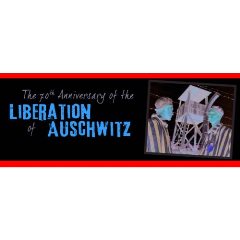
Vor 70 Jahren wurde Auschwitz befreit. Der Schweizerische Israelitische Gemeindebund (SIG) und die Plattform der Liberalen Juden der Schweiz (PLJS) gedenken an diesem Tag der sechs Millionen Opfer des Holocaust.
Die beiden Dachverbände nehmen diesen Tag zum Anlass, um auf den aktuellen gewalttätigen Hass gegen Juden und Andersdenkende aufmerksam zu machen. Dass dieser nicht nur Geschichte, sondern heute noch Realität ist, zeigen die Anschlägen in Frankreich, wo Menschen aus dem einzigen Grund getötet wurden, weil sie Juden waren oder ihre Meinung frei geäussert haben. Auch wenn die Schweiz vor derart brutalen Angriffen bislang verschont blieb, ist vor allem auch unter Juden Verunsicherung zu spüren. Judenhass und Rassismus gehen uns alle an – gestern, heute und morgen.
Gegen das Vergessen des Holocaust gibt der SIG Zeitzeugen eine Stimme. In einem Kurzfilm erzählen zwei Schweizer KZ-Überlebende eindrücklich, wie sie ihre Befreiung erlebt haben.
|
 |
|
ganz persönlichen Antworten auf diese Fragen. Dafür werden noch Teilnehmer aus beiden Ländern gesucht.
Alle Infos zum Projekt sowie die Kontaktdaten finden Sie auf der Webseite von REMEMBERING.
|
||||||
|

